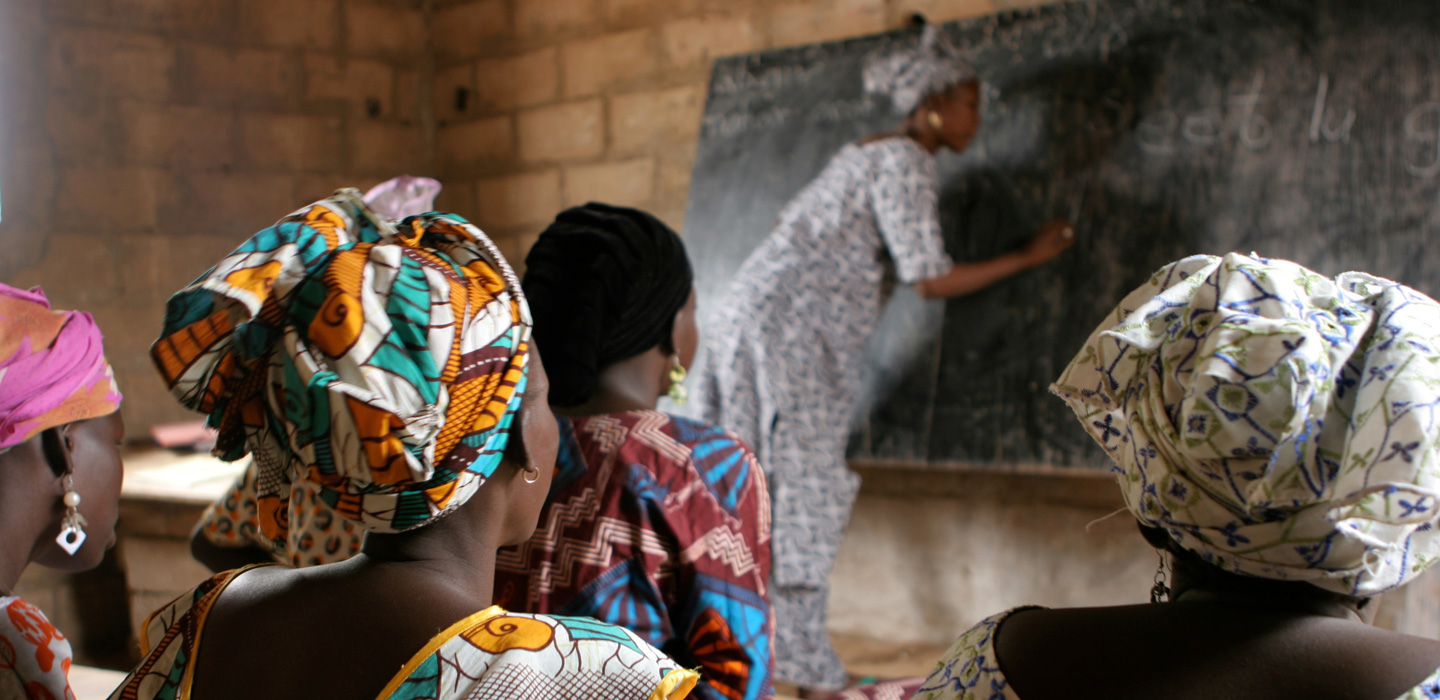Knowledge
Knowledge

Knowledge
Search Results Filters
Search Results
A guided overview of IFAD financial management practices and procedures
In order to improve your knowledge in this key area, make sure you consult our new e-learning course.
Jr/Sr twinning project: Flash News
Flash News for the IMI-funded project “Filling the intergenerational gap in knowledge on Agricultural Water Management: twinning Junior and Senior Experts”.
Gender and rural development brief - Near East and North Africa
Preparación jurídica para el cambio climático y el fomento al desarrollo rural en México
Mainstreaming policy dialogue: from vision to action - workshop summary report
Enabling the rural poor to overcome poverty in Jordan
IFAD has committed US$71.4 million in loans to Jordan since 1981 to support agricultural development and reduce rural poverty. The funds have been used in six agricultural development programmes and projects with a total value of US$189.3 million.
The Government of Jordan and project participants have contributed US$63.2 million. The programmes and
projects are designed by IFAD in collaboration with rural people, the government and other partners. They address poverty through promotion of sustainable natural resource management, particularly water and soil conservation. A seventh project is being designed.
Gender and rural development brief - Pacific Islands
Towards a Plan for Country-Level Policy Dialogue. Discussion Paper
This paper seeks to draw on both the positive aspects of current practice and the critiques that have been made, to propose an action plan for strengthening IFAD’s engagement in country level policy dialogue.
It outlines a set of broad principles underpinning IFAD’s approach, the first of which is the reaffirmation that policy engagement must be shaped and led by the CPM.
It also makes specific proposals for more effectively integrating country-level policy dialogue in IFAD country programmes; for improving IFAD’s monitoring, reporting and knowledge management on the subject; and for strengthening in-house capacity for country-level policy dialogue.
Country-level policy engagement-opportunity and necessity
Describes what IFAD and the Policy and Technical Advisory division are supporting country-level policy engagement.
It also summarizes past experience and explains how Country Programme Managers can access funds to engage in country-level policy dialogue.